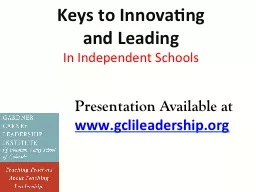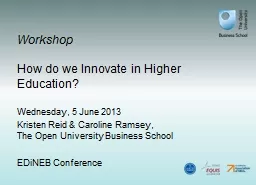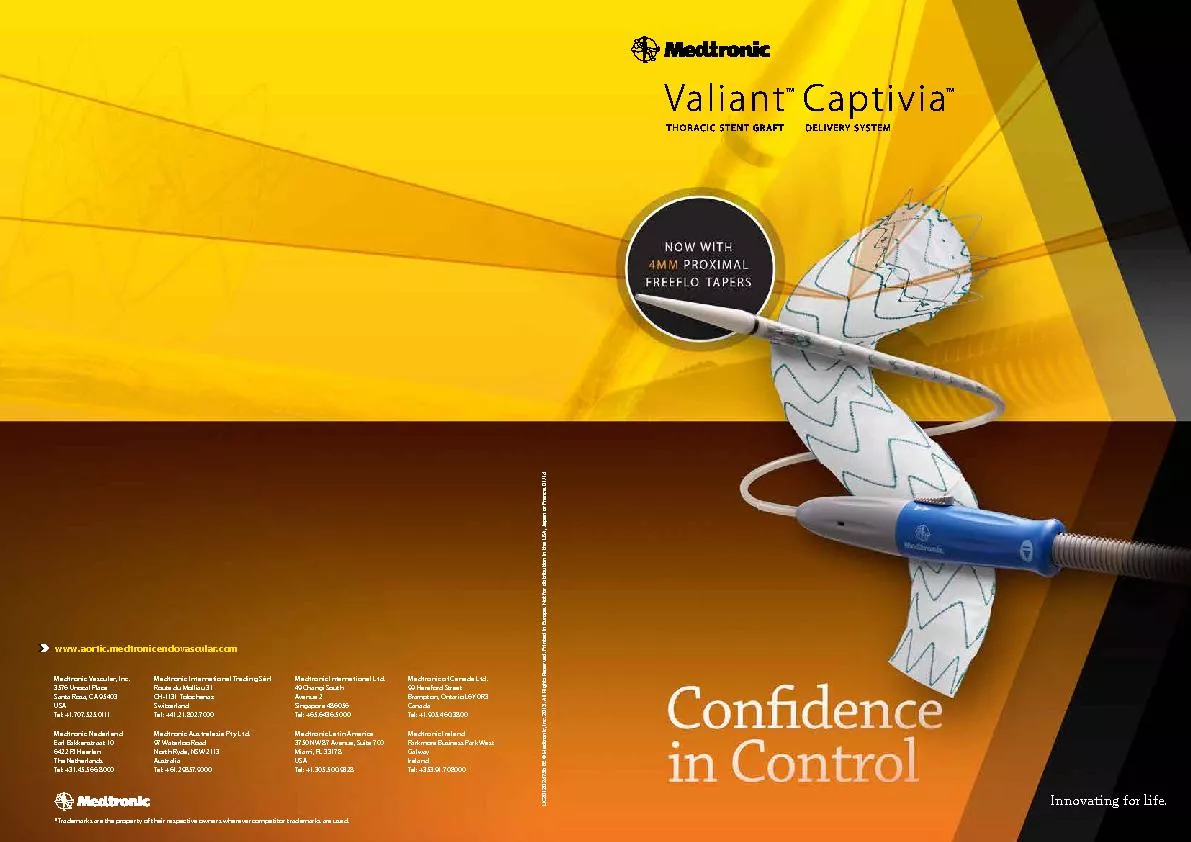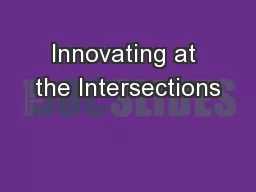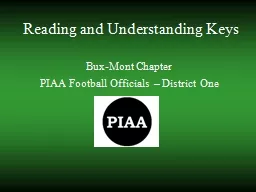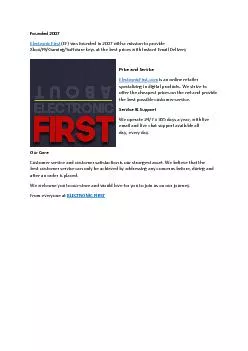PPT-Keys to Innovating
Author : calandra-battersby | Published Date : 2016-10-17
and Leading In Independent Schools Presentation Available at wwwgclileadershiporg PRESENTERS Ted S Fish EdD gcLi Executive Director Dr JoAnn Deak gcLi Institute
Presentation Embed Code
Download Presentation
Download Presentation The PPT/PDF document "Keys to Innovating" is the property of its rightful owner. Permission is granted to download and print the materials on this website for personal, non-commercial use only, and to display it on your personal computer provided you do not modify the materials and that you retain all copyright notices contained in the materials. By downloading content from our website, you accept the terms of this agreement.
Keys to Innovating: Transcript
Download Rules Of Document
"Keys to Innovating"The content belongs to its owner. You may download and print it for personal use, without modification, and keep all copyright notices. By downloading, you agree to these terms.
Related Documents

